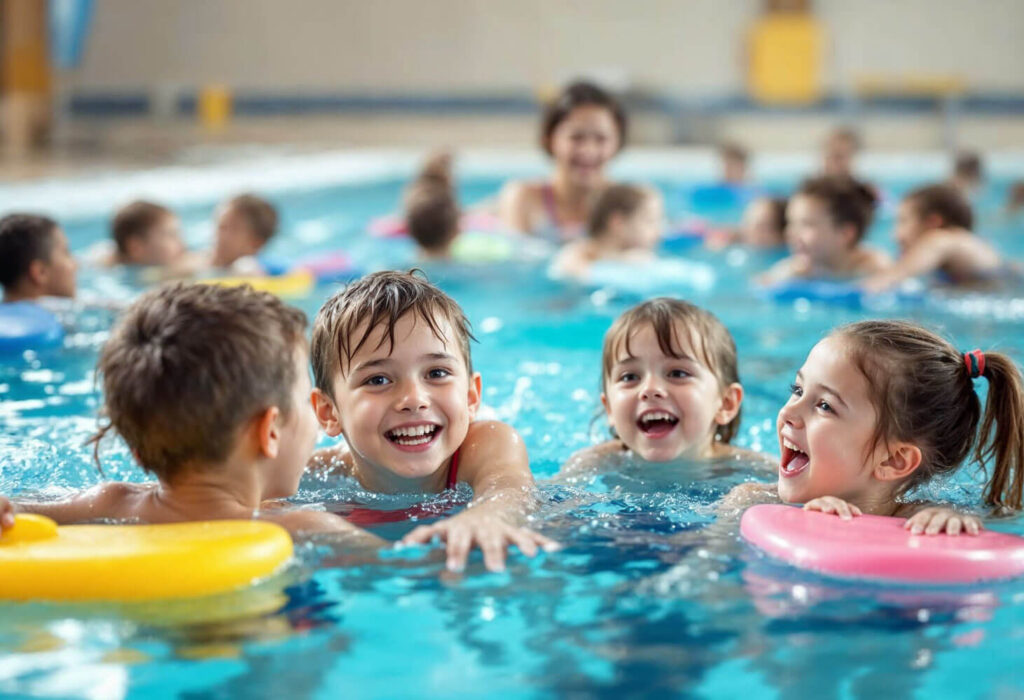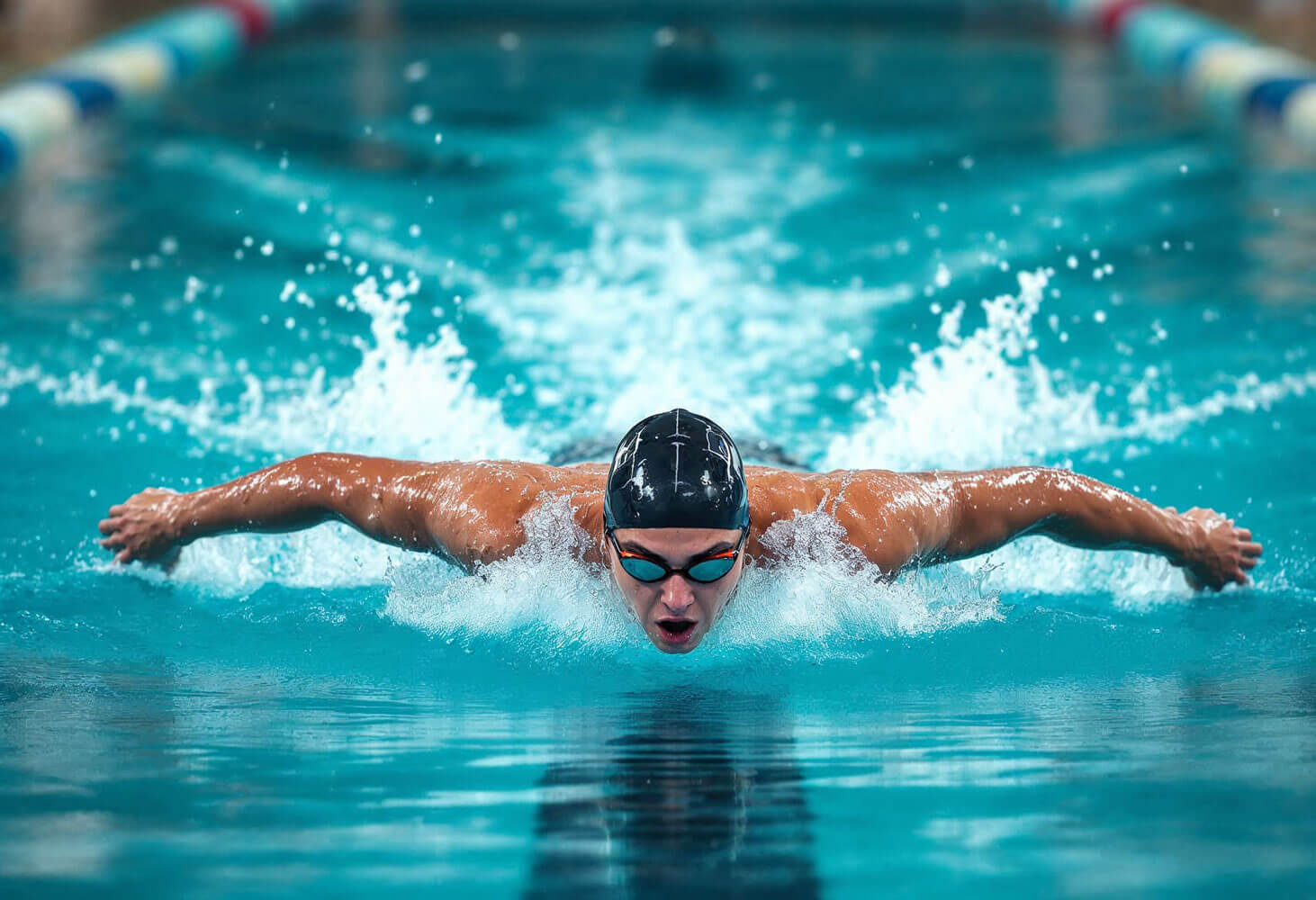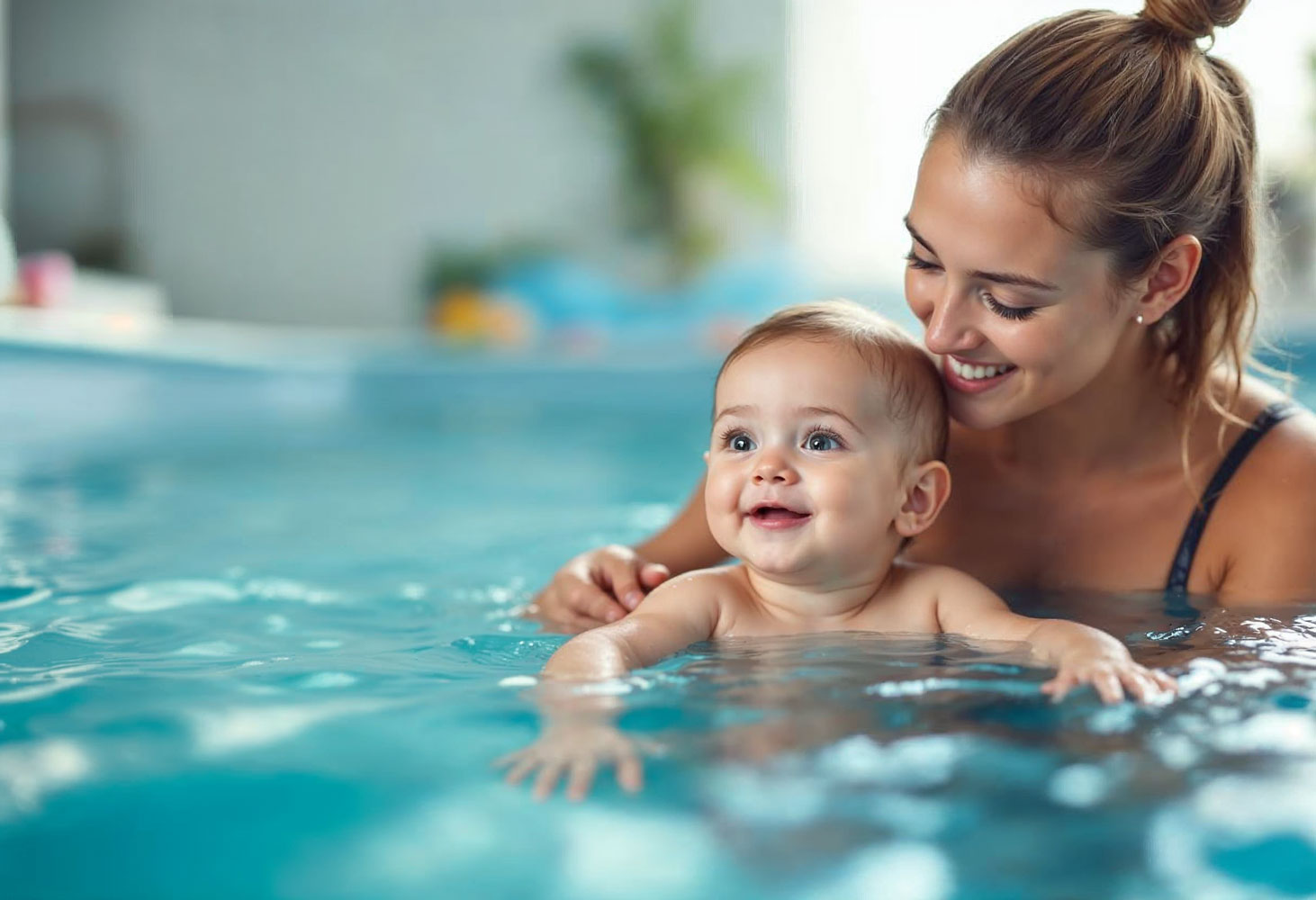Swimming is one of the most effective activities for promoting physical development in kids. At Piranha, we believe that swimming not only builds strength, flexibility, and endurance but also supports overall physical growth in a safe and enjoyable way. Its low-impact nature ensures that growing joints and bones are protected, making it an ideal choice for children of all fitness levels.
Beyond its physical development benefits, swimming enhances coordination, balance, and motor skills, providing a solid foundation for lifelong health. Whether through lessons, recreational play, or competitive training, swimming with Piranha offers unparalleled opportunities for kids to stay active, healthy, and strong.
How Swimming Enhances Overall Physical Development
Improved Strength and Flexibility
Swimming is an exceptional activity for promoting balanced muscle development and flexibility in kids. The resistance of water works all major muscle groups, encouraging physical development without overstraining Key benefits include:
Full-Body Strength: Engages core, arm, leg, and back muscles with every stroke.
Natural Resistance Training: Water resistance strengthens muscles gently, without the need for weights.
Enhanced Flexibility: Stretching motions like reaching, kicking, and rotating improve joint mobility.
Better Posture: Builds core stability, leading to improved balance and posture.
This combination of benefits supports overall physical growth and complements other physical activities.
Enhanced Endurance and Stamina
Swimming is a fantastic way to build cardiovascular strength and stamina while promoting physical development in kids. The rhythmic breathing and full-body engagement involved in swimming improve heart and lung function. Benefits include:
Improved Heart Health: Strengthens the heart, boosting circulation and oxygen delivery.
Lung Capacity: Teaches controlled breathing, enhancing respiratory endurance.
Sustained Energy: Regular swimming helps kids stay active for longer periods without fatigue.
Reduced Fatigue in Other Sports: Increased stamina makes children more resilient in physical activities outside of swimming.
With consistent practice, kids develop the endurance needed for long-lasting physical performance.
Long-Term Physical Health Benefits
The advantages of swimming go far beyond immediate fitness gains, providing significant long-term physical development benefits. Long-term benefits include:
Healthy Weight Management: Keeps children active, helping them maintain a healthy weight.
Chronic Disease Prevention: Reduces the risk of conditions like obesity, diabetes, and heart disease.
Stronger Bones and Muscles: Builds a solid foundation for lifelong physical health.
Injury Prevention: Low-impact nature minimizes stress on growing joints and reduces injury risks.
How Swimming Improves Coordination and Motor Skills
Better Hand-Eye Coordination
Swimming requires precise timing and movement, improving hand-eye coordination in children. Key ways swimming helps include:
Stroke Execution: Aligning arm movements with breathing patterns sharpens coordination.
Target Practice: Activities like swimming through hoops or aiming for floating objects enhance accuracy.
Reaction Time: Adapting to water resistance improves the ability to react quickly and effectively.
These skills translate into better performance in other sports and daily activities.
Improved Balance and Stability
Swimming promotes core strength and stability, which are essential for balance. Benefits include:
Core Engagement: Water supports the body, allowing kids to focus on strengthening their core muscles.
Floating Practice: Maintaining a float position improves equilibrium and balance.
Stroke Variations: Different swimming strokes teach control over body movements in various positions.
Improved balance not only aids swimming but also contributes to better posture and coordination in everyday life.
Enhanced Spatial Awareness
Spatial awareness is critical in swimming, as kids learn to navigate through water. Benefits include:
Directional Awareness: Swimming laps or following paths enhances their sense of direction.
Distance Judgement: Activities like diving for objects improve their ability to judge space and depth.
Body Control: Coordinating arm and leg movements fosters an understanding of their body in relation to their surroundings.
Why Swimming is a Low-Impact Exercise for Kids
Protection for Joints and Bones
Swimming is an excellent exercise for children because it supports physical development while protecting growing joints and bones. The buoyancy of water reduces stress on the body, allowing for smooth and controlled movements.
Programs like those offered by the Piranha Swim Team provide a safe and structured environment where kids can build strength and flexibility, ensuring their joints and bones remain protected during crucial developmental stages.
Reduced Risk of Injuries
The controlled environment of a swimming pool and the low-impact nature of the activity make swimming one of the safest options for promoting physical development in kids. Water absorbs much of the impact from movements, minimizing strain on muscles and ligaments.
Unlike land-based sports, which can stress the body with hard surfaces and sudden impacts, swimming allows children to develop their fitness while significantly reducing the risk of injuries.
Ideal for Physical Therapy and Recovery
Swimming is a highly effective option for children undergoing physical therapy or recovering from injuries, supporting their physical development in a gentle and controlled way. The buoyancy of water reduces weight on injured areas, allowing for pain-free movements that restore strength and flexibility.
Water resistance provides an excellent low-impact workout, helping kids recover while continuing to enhance their overall physical development and confidence.








